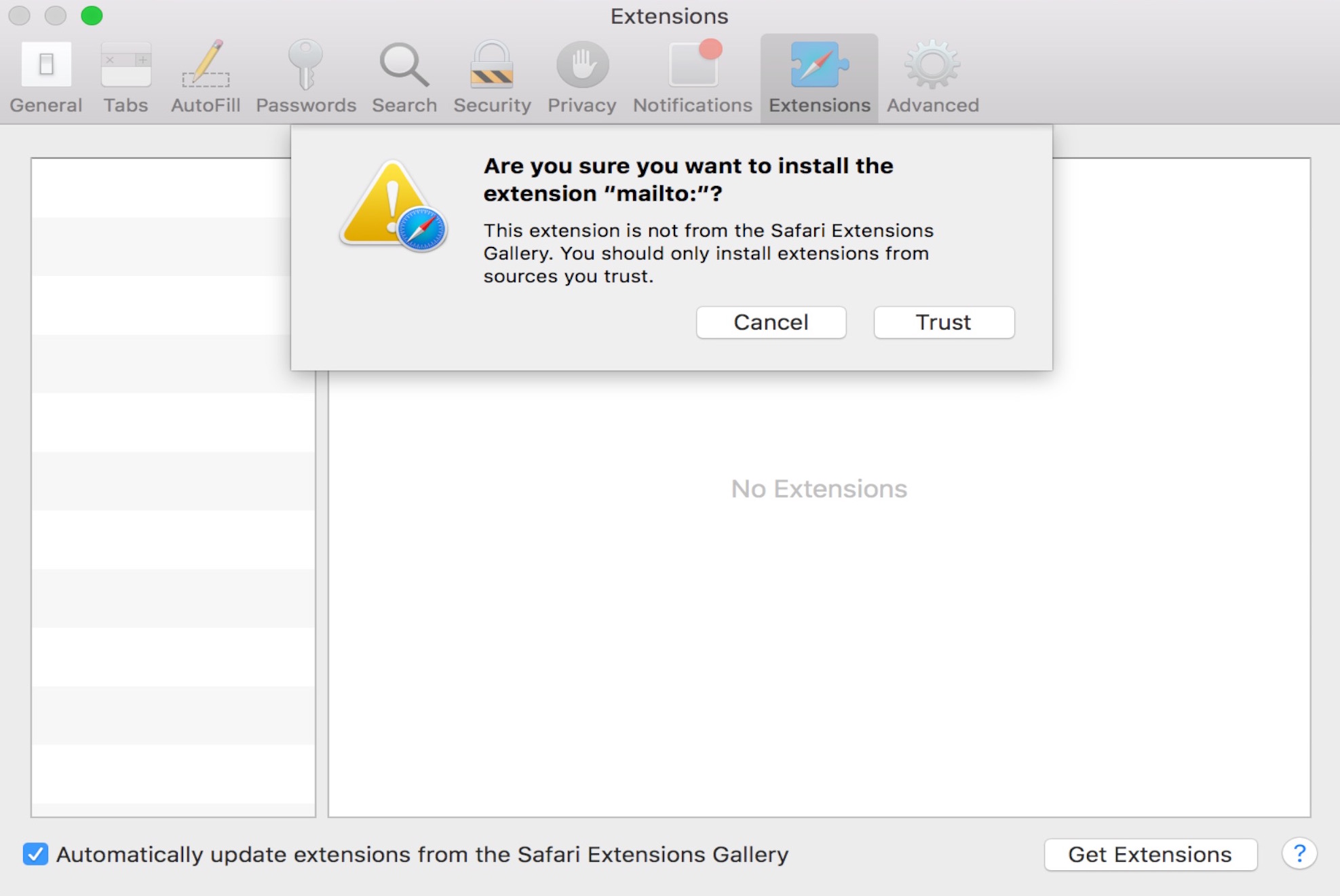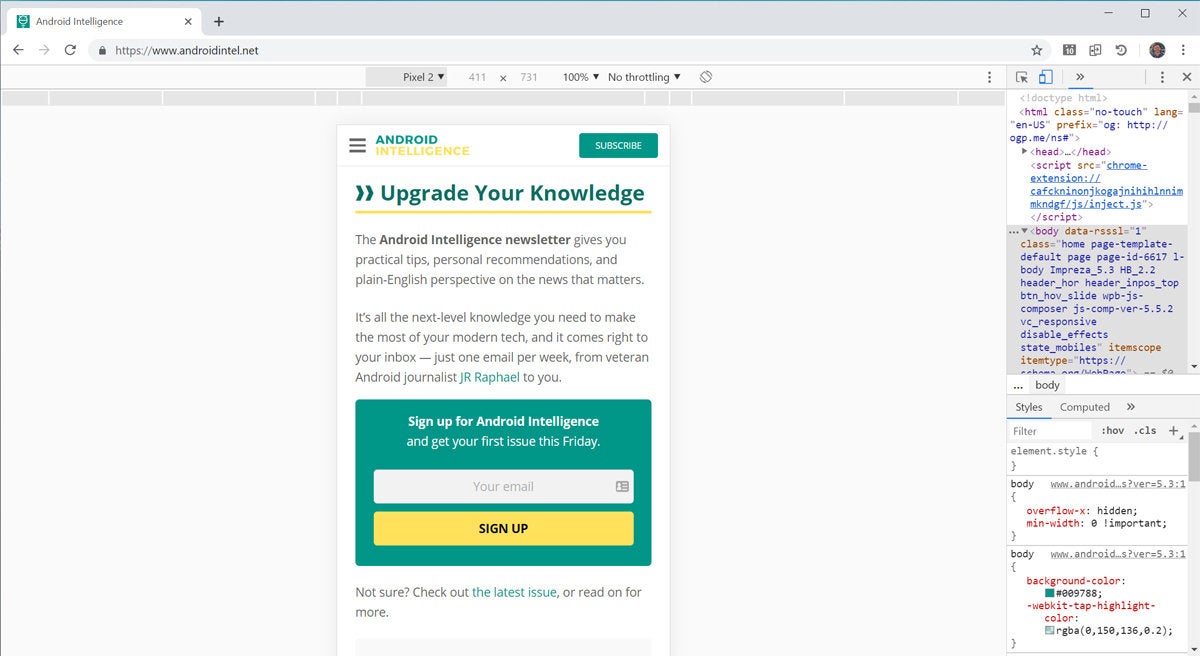Though we cannot install Chrome OS, we can install the Open-source software Chromium OS which anyone can install, modify and use it in the way they like. But it requires some technical expertise. Thankfully we have developers like Neverware that modified the Chromium OS and made it easy to install on Mac.
- Download Chrome On A Mac
- No Chrome For Mac Shortcut
- No Chrome For Mac Catalina
- Google Chrome No Macbook
Also Read: How to Install Chrome OS on Any Windows Laptop or PC
If not, you may need to restart your Mac. (I'm going to mark this post a recommended answer to this topic. This is the best way for this forum system to display an important update at the beginning of a thread, and I want to help ensure that those new to the discussion see the latest update). To use Chrome on Mac, you'll need: OS X Yosemite 10.10 or later; Linux. To use Chrome on Linux, you'll need: 64-bit Ubuntu 14.04+, Debian 8+, openSUSE 13.3+, or Fedora Linux 24+ An Intel Pentium 4 processor or later that's SSE2 capable; Fix problems with Chrome. For Mac OS X 10.10 or later. This computer will no longer receive Google Chrome updates because Mac OS X 10.6 - 10.9 are no longer supported. This computer will no longer receive Google Chrome. The reasons for Chrome not loading pages can be wide-ranging and hard to pinpoint, but we’ve collected a checklist of fixes for you to work through. Check your internet connection. Restart your Mac. Remove Chrome extensions (for steps see 'Google Chrome keeps crashing' section). Disable or relaunch hardware acceleration. Chrome will only sync this data on your approved devices, so you can rest easy that your information is safe. CPU usage is immensely important when choosing a web browser. Keep your Mac’s CPU free by browsing with Google Chrome, maximizing overall system performance. Chrome for Mac is currently available in 47 languages.
Google’s Chrome OS vs. Cloud-Ready OS
Just like Google’s Chrome OS, Neverware also developed the OS from the Open-source Chromium OS project. They have taken the source code from the Chromium and add their own proprietary code to make a working OS. Cloud-Ready looks and works just like the Chrome OS and the best advantage of Cloud-Ready than Chrome OS is that you can install it on a wide variety of hardware including Macs & Macbooks.
Just like Chrome OS, Cloud-Ready also sends you regular updates to improve the features. And it is also as stable as Chrome OS. But there is a caveat, though you can run Linux apps on Cloud-Ready, you cannot install Android apps in it, which Chrome OS can.
Neverware said they will be supporting Android apps in the future, there is still no sign of such an update at present.
Download Chrome On A Mac

How to install Cloud-Ready on any Mac or MacBook
1. Navigate to the Neverware website, scroll down till you see the option for personal, home use. Click on it. Alternatively, you can click on this link.
2. There you can see the download links for Windows, Mac, and Chromebooks.
3. Under the Mac Section, download the 64 -Bit zip file.
No Chrome For Mac Shortcut

4. Now unzip the image file using The Unarchiver app.
5. Now open the Chrome browser, if you have not installed before, download Chrome and install it now. Dlna android for mac.
6. On the Chrome Web Store, download the Chromebook Recovery Utility by clicking on Add to Chrome button.
7. Then click on the Add app on the Pop-up.
8. The Chromebook Recovery Utility will be installed and will show up on the Apps page of your Chrome Browser. The apps page should show up automatically if it doesn’t, type chrome://apps in the address bar of your Chrome browser.
9. Open the Recovery app on the apps page and it will show this screen right after that.
10. Click on this Gear Icon on the top and click on the ‘ Use Local Image ‘ option.
11. Then locate your image which you have extracted using unarchiever.
12. Insert the 8 Gb or 16 Gb USB stick and select it. The data on the USB stick will be lost in the process, so make sure to back up your data in it first.
Install viber on my laptop. Viber for Mac requires that the user own a smartphone-to confirm this, the program sends a message to the smartphone with a code, which verifies the applications and allows it to start.
13. This process will install the Cloud-Ready OS into the USB stick. Once the process is completed, remove the USB stick. And you are ready to install the Cloud-Ready OS using the USB stick.
14. Now you need to Boot the Computer using USB. To accomplish this you need to change the custom boot. Reboot the device and press & hold the option key to open the Boot options.

15. Then select the USB stick which has Cloud Ready installed.
16. The device will boot up from the USB showing the Cloud-ready Logo.
17. Then click on Let’s Go to get started. This may take a few minutes to pop-up as the OS is loading from the USB.
18. Connect to the Internet using ethernet cable or WiFi.
19. The OS will check for any latest updates and then ask you to Log in by using the email address that’s associated with your Google Account. I recommend you don’t log-in immediately.
20. You can use Cloud-Ready OS every time like this by directly booting up with the USB drive. So if you don’t want to install on the hard disc, you can continue logging in. But if you want to erase the entire Mac OS and install Cloud Ready Natively into the system, read along.
21. Installing part is so easy, but now just check whether the entire device is working properly or not. Check the WiFi, keyboard, mouse or trackpad, etc. If something is not working properly, it might be a hardware compatibility issue, so do not install the OS as it is not compatible with your hardware.
However, If everything is fine, you can continue to the next step of installing the Chrome OS. Also, make sure to back up your data in the computer to the cloud or external hard disc, once the OS is installed, all your data on the computer will be lost.
22. To install, click on the time in the lower right corner and click on install OS toggle in the quick settings panel.
No Chrome For Mac Catalina
23. Then again click on the INSTALL CLOUD-READY.
Google Chrome No Macbook
24. Once the installation process is completed, turn off the device, remove the USB stick and switch on the device back. You can see the Cloud Ready is successfully installed on your computer.
